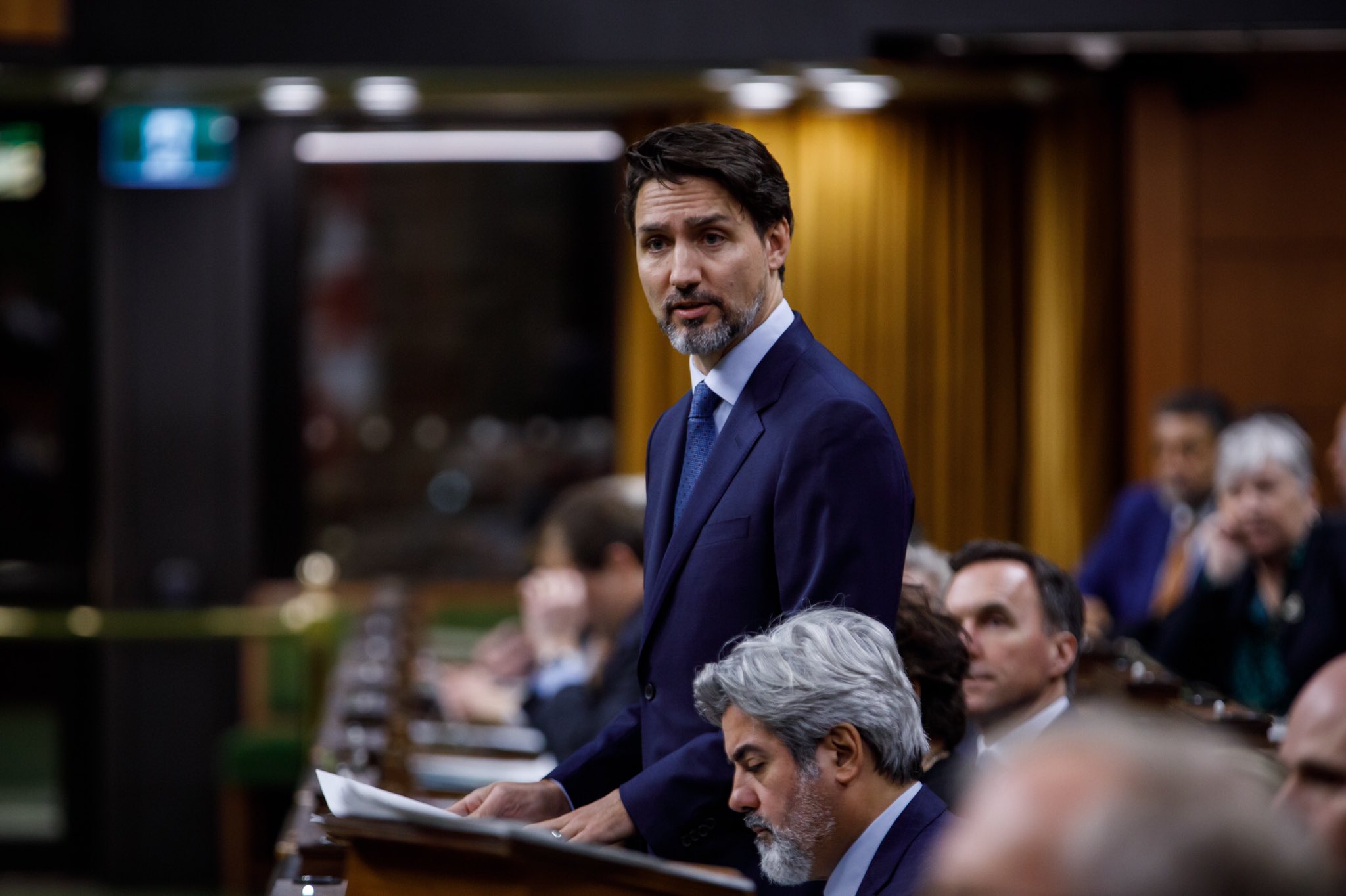Trudeau’s record-high spending hasn’t translated into strong economic growth

Prime Minister Trudeau’s record-high spending, which started before COVID, is set to continue. In 2021/22, federal spending (total spending minus interest costs) is expected to exceed $13,000 per person, marking the second-highest level in Canadian history including during times of war and recession. The obvious question for Canadians is, what has record-high spending achieved? In terms of economic growth, the answer seems to be nothing at all.
Let’s take a closer look.
The Trudeau government increased spending immediately upon taking office in 2015. Prime Minister Trudeau broke the record for the highest level of spending in Canada’s history at $9,224 per person in 2018/19 and again at $9,671 in 2019/20 (all figures are adjusted for inflation so they’re comparable over time).
Enter COVID, and per-person spending soared to $17,121 in 2020/21. Spending is set to decline yet remain well above the record level experienced pre-COVID over the next few years. Based on election promises, per-person spending in Ottawa is estimated to be between $13,032 and $13,735 in 2021/22—that’s more than 40 per cent higher than during the 2009 financial crisis and more than 60 per cent higher than peak spending during the Second World War. Federal per-person spending is anticipated to range between $10,846 to $11,446 in 2022/23, exceeding the record pre-COVID spending of 2019/20.
This “new normal” level of spending is troubling for many reasons. Notably, higher government spending simply hasn’t translated into a strong economy pre-COVID.
A recent study measured economic performance in the four-year periods preceding the last five recessions under Trudeau (2016-19), Harper (2011-14), the Martin-Harper governments (2005-08), Chrétien (1997-00) and Mulroney (1986-89).
After adjusting for inflation, growth in GDP per person (a common measure of the strength of the economy) during the Trudeau period averaged 0.8 per cent, markedly lower than any of the other four periods analyzed. The next lowest performer was the Martin-Harper period with 1.2 per cent average growth while the Chrétien period experienced 3.7 per cent growth. Similarly, the Trudeau government had the poorest performance on measures of total economic (GDP) growth, and household and individual income growth.
Job creation shows similarly poor results. Under the Trudeau government, private-sector employment grew (on average) by 1.5 per cent between 2016 and 2019. That’s less than half the growth experienced in the Mulroney period of 3.3 per cent and well below Chrétien’s 2.9 per cent growth.
On business investment, Trudeau once again underperforms. The highest annual growth was experienced by Mulroney (7.5 per cent) followed by Chrétien (7.5 per cent) and the Martin-Harper and Harper periods (5.1 per cent). In contrast, business investment actually declined under Trudeau by 0.2 per cent.
Clearly, Trudeau’s high spending did not translate into stronger economic growth before COVID. With spending set to continue at record levels, what will be different this time?
Authors:
Subscribe to the Fraser Institute
Get the latest news from the Fraser Institute on the latest research studies, news and events.

